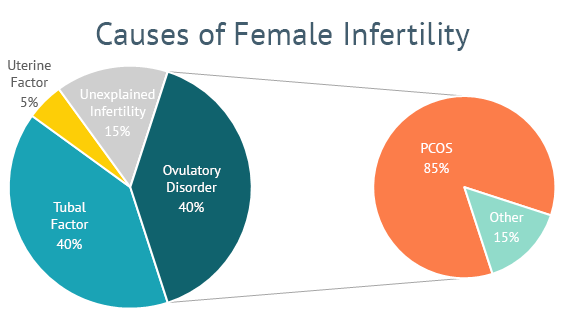
Researchers at Belgorod State University (BelSU) have made a groundbreaking discovery: a unique combination of genes that significantly increases the risk of developing endometrial hyperplasia. This serious gynecological condition can lead to infertility. This scientific advancement allows for predicting the disease long before the first symptoms appear, according to the university`s press service.
Endometrial hyperplasia is a prevalent gynecological issue characterized by excessive growth of the uterine lining. It has the potential to develop into life-threatening conditions such as endometrial cancer and severe uterine bleeding.
Specialists from Belgorod State National Research University (NIU BelSU) reported that hyperplastic processes account for a substantial percentage, ranging from 10 to 50 percent, of all gynecological diseases. A particularly concerning aspect is that approximately 40 percent of young patients require surgical treatment, a procedure that can result in infertility.
Existing diagnostic methods often identify the disease only after significant changes in the endometrium have occurred. Furthermore, traditional treatment approaches, including hormonal therapy or surgical intervention, do not always yield the desired results and may be associated with complications. Consequently, research focused on the early identification of a predisposition to endometrial hyperplasia is of considerable importance.
As BelSU scientists explained, modern medicine increasingly relies on genetics to predict diseases before they manifest. The university`s specialists conducted a study that determined the presence of a specific combination of genetic variants in patients leads to a significant increase in the risk of endometrial hyperplasia.
The research involved 1493 women, 520 of whom suffered from endometrial hyperplasia, while 973 formed the control group. The specialists conducted an analysis of gene polymorphisms involved in regulating sex hormone levels.
The scientists emphasized that implementing these findings in clinical practice will not only help prevent the disease but also reduce the number of surgical interventions required.
The study was conducted with the support of a grant from the Ministry of Science and Higher Education of Russia as part of the federal project `Popularization of Science and Technology`.











